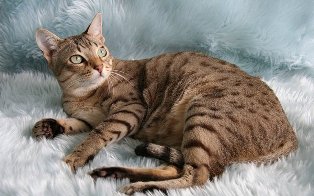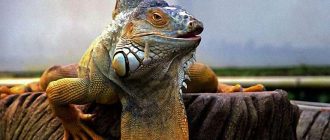Thinking about getting an Australian mist cat? Would you like to know about the physical and behavioral characteristics of mist cats from Australia? Read our informative and factual guide…
Australian mist cats were bred down under by Dr Truda Straede in 1976. The breed was developed by using other popular breeds of the time such as the Abyssinian, the Burmese and the regular domestic shorthaired cats known for their spotted coat. Initially, the breed was called the spotted mist but since then the name has been changed to Australian Mist. The change occurred in tandem with the transformation of a physical trait; the coat went from spotted to marble.
The physical traits of the breed include medium size and short hair. These cats have a round head and beautiful expressive eyes that make them a favorite among cat owners. The coat is tri layered with distinct patterns. The first level of the coat is the ground color which is paler than the color of the pattern; the next in is the pattern which is demarcated by the darker shade and even though the color is delicate; it is distinct. Finally, the third level is a misted veil like and is seen as random ticks in solid color areas.
The animal has ringed or barred legs and tail. The face and the neck also usually have delicate lines. The breed is available in seven colors; chocolate, gold lilac, peach, blue, caramel and brown
Mist cats from Australia make wonderful pets because they can adapt well around children; even if you have a very young child at home, the Australian mist will be the perfect family pet. They are tolerant to handling and do not scratch unless in the most extreme circumstances. When they are young, the kittens are very lively and playful; however, as they grow older they simmer down a bit.
They live up to their mid teens and the breed is known to thrive on human contact. This behavioral trait makes the breed a perfect choice if you are looking for an indoor pet which is a distinct advantage over some of the other feline breeds as many people prefer to keep their pets indoors these days; this is one way to protect the native flora and fauna which may decline due to a large feline population. Even though these animals are quite happy to lead a sedentary life indoors, you can teach them to walk on a lead.
They have a tendency to constantly hang around people to see what they are up to which makes them ideal companions for the family. They are also known to crawl into the nearest lap so the breed is well suited for invalids and people who work from home.





